Hair history
What's the same about me and the elderly Punjabi lady in the photo? Well, let's jump to the obvious -- that is, it would be obvious if you saw me. We have both henna-ed our hair!
Yes, my hair is kind of red right now, especially the parts that were formerly gray. But even my formerly gray, now red parts are not as carrot-colored as this lady's hair. (Thank goodness!)
When I was in my 20s, my girlfriend and hairdresser Pat introduced me to henna. She sold me the packets of henna powder at a cheap price, and I used it every now and then for several years. It gave my hair a slightly red glow and made it feel thicker. It was fun!
Then I grew up, got busy, and had children. For years, I kept my hair long and wore it in a single braid down my back. It was a quick, tidy style that kept the hair out of my eyes.
About six or seven years ago, I had my hair cut to shoulder length. Over the next several years, I gradually cut it shorter and shorter, and now it's finally short enough that it's out of my eyes again. (I really can't stand my hair falling into my face.)
Over the past decade, I've been getting a few more gray hairs all the time. My hair is still mostly dark, but my sideburns are going gray and the rest of my hair is sprinkled with gray and white. The gray doesn't bother me -- I call it my "natural highlights." And I've always sworn that I would never color my hair because I don't want the fuss of keeping it colored.
That changed a few months ago. Keely told me that she had found an herbs and botannicals website that sold henna by the pound. She said that she had ordered a pound and she was going to henna her hair. I heard myself say, "Oh! Let's do my hair too!"
Keely read online about different methods of applying henna to hair, and she decided we'd mix the henna powder with lemon juice. She said she expected the henna to really "take" because that's the same way that wools are dyed (with an acid.)
And she was right. It was the most effective henna I've ever used! My hair turned surprisingly reddish and even looked several shades lighter than my usual dark brown. I think the lemon juice bleached it a little. All my gray hairs turned red, so my sideburns were quite red. It was sort of an edgy look, compared to my usual self. And my eyes looked very blue with my new hair color.
 |
| What I need when I get tired of my red look... |
Since then, the color has faded somewhat (not completely). And of course, the gray started showing again (the exact problem that I always thought I'd avoid.) I thought about letting nature take its course. But Keely persuaded me to redo the red, so we had another henna party yesterday evening. I think my hair may be a little redder this time than last time.
I asked Isaac today what he thought about little old ladies with red hair. He avoided saying anything derogatory. My husband patted me this morning and said that I'm always beautiful. Keely is enthusiastic about my redhead look. So, in this absence of criticism, I must say that henna is still fun.
And Keely's a redhead too. Henna with lemon juice really takes on her light hair, and the color looks good on her! I told her she should say she got her red hair from her mother.
 Here's my problem with posting photos of my hair. To show off the red highlights, I would need sunshine. Sunshine is not allowed into my home at present. I would have to go outside and stand in the hot sunshine. And I'm not good at photographing myself, so I might have a sunstroke before I finally got a picture that wasn't ridiculous. It makes me cranky even to think about all that, so I'm not going to do it.
Here's my problem with posting photos of my hair. To show off the red highlights, I would need sunshine. Sunshine is not allowed into my home at present. I would have to go outside and stand in the hot sunshine. And I'm not good at photographing myself, so I might have a sunstroke before I finally got a picture that wasn't ridiculous. It makes me cranky even to think about all that, so I'm not going to do it.













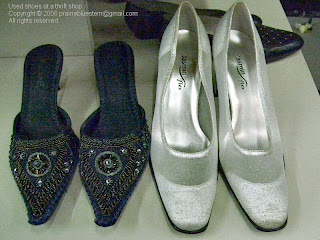


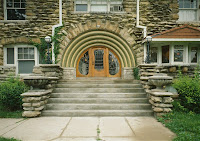
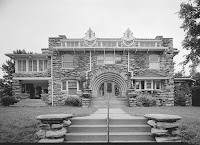

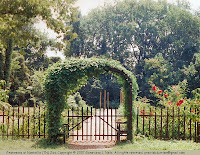
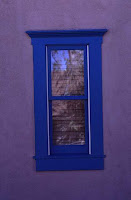
 I know I'm on the dull, safe side, not on the cutting edge, but I was surprised today. Apparently, the latest color for Christmas trees is black.
I know I'm on the dull, safe side, not on the cutting edge, but I was surprised today. Apparently, the latest color for Christmas trees is black. 

 It's the end of an era. The
It's the end of an era. The